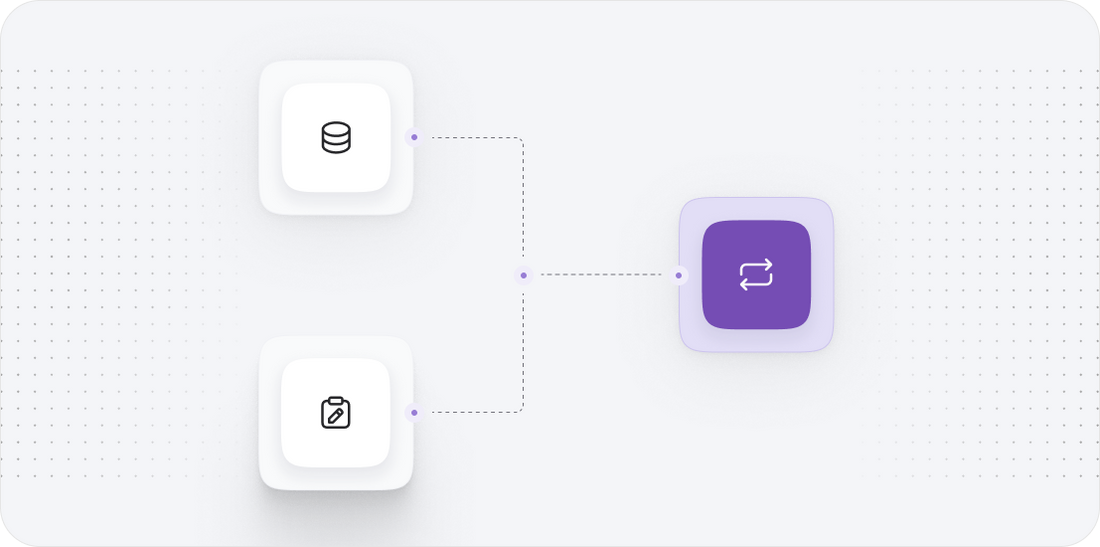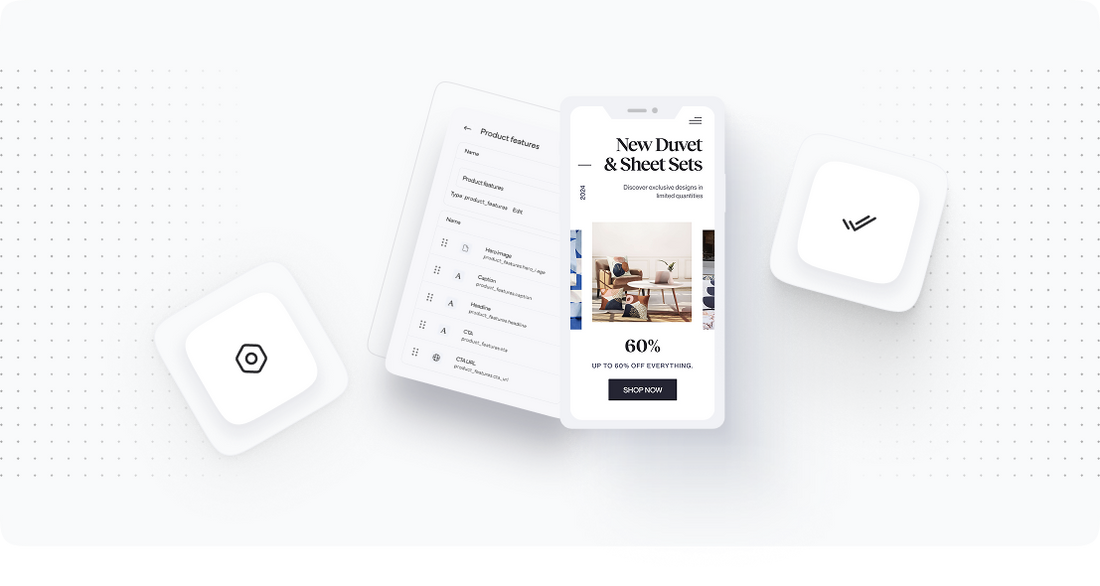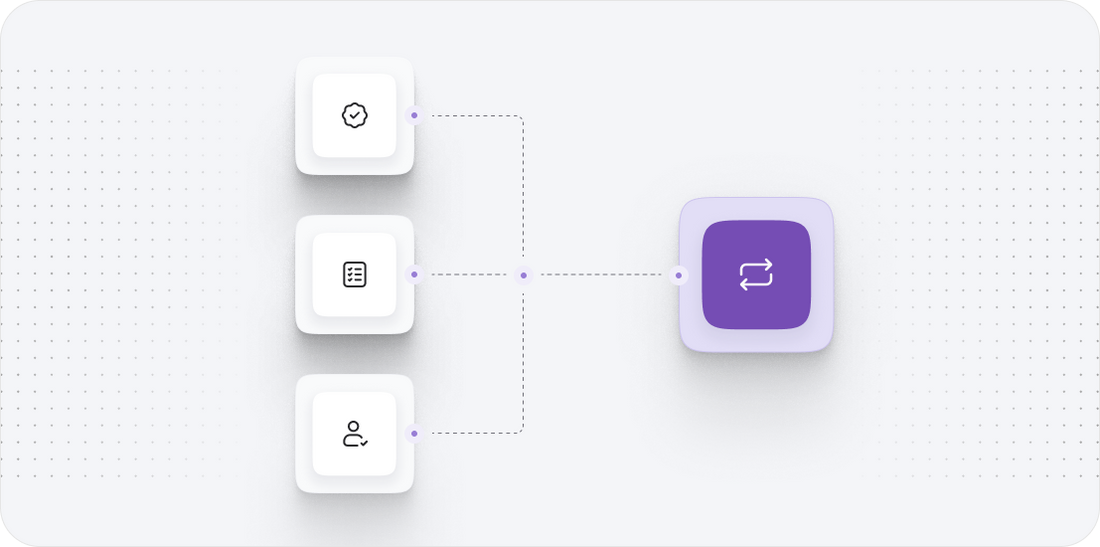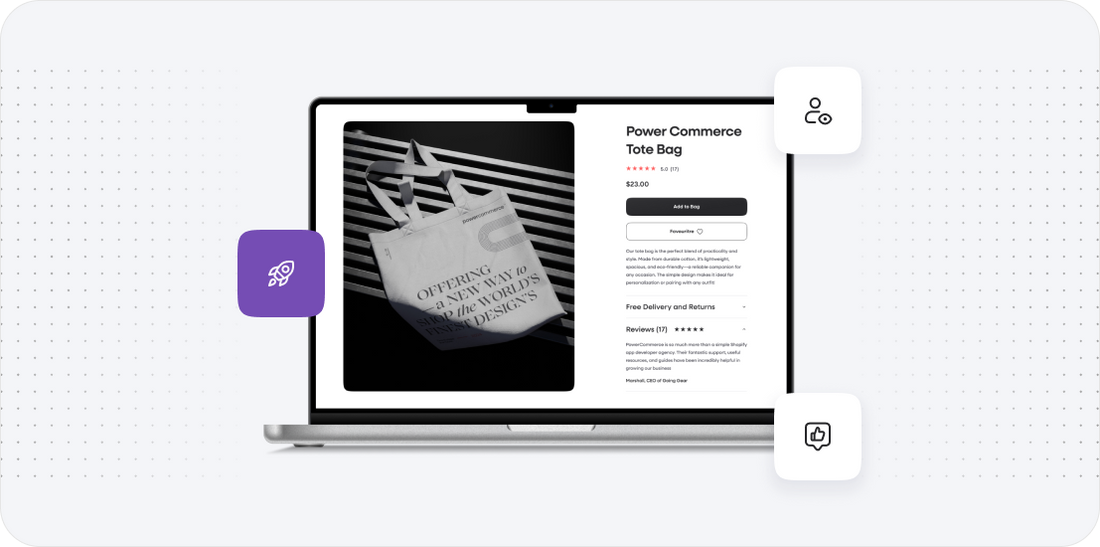





Daangn company to Shopify
Migrating your store from Daangn company to Shopify might seem daunting, but with proper planning and the right tools, it's a smooth process. Follow this step-by-step guide to ensure a successful transition.
Schedule a call
Step-by-Step Migration Guide: Daangn Company to Shopify migration guide
Step 1: Prepare Your Daangn Company Store for Migration
In this initial step, we focus on preparing your Daangn Company store for a seamless migration to Shopify by backing up essential data and reviewing your current setup.
Step 2: Choose Your Shopify Plan
Selecting the right Shopify plan is essential for your business needs, ensuring you have the necessary features and scalability.
Step 3: Import Data from Daangn Company to Shopify
This step involves transferring your essential data, including products, customers, and orders, from Daangn Company to Shopify.
Step 4: Set Up Payment and Shipping Options
Configuring payment and shipping methods on your new Shopify store is essential for ensuring a seamless shopping experience.
Step 5: Customize Your Shopify Store Design
In this step, we will customize the design of your Shopify store to align it with your brand identity.
Step 6: Set Up Apps and Integrations
Enhance your Shopify store's functionality by integrating necessary apps and tools that optimize operations and improve customer engagement.
Step 7: Launch Your Shopify Store
Finalize your preparations and launch your Shopify store, ensuring all functionalities are working seamlessly.
Power Your Step - Get in Touch
Contact PowerCommerce to leverage expert migration support, ensuring a seamless transition from Daangn Company to Shopify.
Step 1: Prepare Your Daangn Company Store for Migration
Before we initiate the migration process from Daangn Company to Shopify, it's crucial to prepare your existing store to ensure a smooth transition. This step involves backing up your data and reviewing your current store setup to identify any custom features or functionalities that need to be replicated in Shopify.
First, we will create a comprehensive backup of your store. This includes:
- Database Backup: Export your product data, customer information, and orders. Use tools like phpMyAdmin or the built-in export feature in Daangn to generate a complete SQL file of your database.
- Media Files: Download all uploaded images, videos, and documents from your store. Ensure these files are well-organized in folders for easy upload later on Shopify.
- Theme and Customizations: Document any custom themes, CSS, or JavaScript that you have implemented on your Daangn store. This documentation will help in recreating similar customizations on Shopify.
Next, perform a thorough review of your current store setup:
- Identify any third-party integrations you are using (e.g., payment gateways, shipping providers) and confirm their compatibility with Shopify.
- List any specific features or functionalities that are essential for your operations, such as customer loyalty programs or advanced analytics, to ensure they are included in the new setup.
- Consider your current product categories and structure; this will guide how you organize products in Shopify.
Completing this preparation phase is vital to minimize data loss and ensure that your new Shopify store can replicate the essential functionalities of your Daangn Company store.

Step 2: Choose Your Shopify Plan
After preparing your Daangn Company store, the next critical step is to choose the right Shopify plan that aligns with your business needs. Shopify offers several pricing tiers, each with specific features that cater to various business sizes and requirements.
To select the ideal plan, consider the following:
- Business Size: Assess the size of your business. For startups and small businesses, the Basic plan may suffice, providing essential features to get started. For growing businesses requiring more advanced features, consider the Shopify or Advanced plans.
- Sales Volume: Evaluate your expected sales volume. If you anticipate high sales volume, the Shopify Plus plan might be required for additional capabilities and support.
- Features Needed: Review the features included in each plan. For instance, if you need advanced reporting and analytics, ensure to select a plan that offers these capabilities.
- Budget: Align your choice with your budget. Shopify plans are subscription-based, so factor in ongoing costs when making your decision.
Once you’ve determined the best plan for your business, sign up for your Shopify account and prepare for the next migration steps.

Step 3: Import Data from Daangn Company to Shopify
With your Shopify plan set up, we can now begin the crucial process of importing your essential data from Daangn Company to Shopify. This step ensures that your product listings, customer information, and order history are successfully transferred to maintain continuity in your operations.
We will follow these steps to import your data:
- Export Data from Daangn: Use the backup files created in Step 1. Export your product, customer, and order data in CSV format. Daangn should provide options for exporting these files directly from the admin panel.
- Prepare Data for Shopify: Review the CSV files to ensure that they adhere to the Shopify format. Modify the headers and formatting as needed. Shopify provides a sample CSV file that you can reference to structure your data correctly.
- Import Products: Navigate to the Shopify admin, go to Products, and select Import to upload your prepared product CSV file. Shopify will guide you through the import process and notify you of any errors.
- Import Customers and Orders: Repeat the import process for customer and order data by navigating to their respective sections in Shopify's admin panel. Ensure that customer information is accurately captured to maintain user accounts.
After the import is complete, it’s vital to verify the accuracy of the imported data. Check that product descriptions, prices, and images are correctly displayed, and ensure customer accounts are intact.

Step 4: Set Up Payment and Shipping Options
In this step, we focus on setting up payment and shipping options within your new Shopify store. Configuring these elements correctly is crucial for providing a seamless shopping experience for your customers.
To set up payment methods:
- Navigate to the Settings section in your Shopify admin panel and select Payments.
- Select the payment gateways you wish to use. Shopify supports various options, including Shopify Payments, PayPal, and third-party providers.
- Follow the instructions to connect your chosen payment gateway, ensuring that you input all necessary business information, such as bank account details for payouts.
Next, set up shipping options:
- Go to the Settings section and select Shipping and Delivery.
- Configure your shipping zones and rates. You can offer flat-rate shipping, calculated shipping based on weight, or free shipping options.
- If you plan to use third-party shipping services, integrate them within this section for more accurate shipping calculations.
Once you complete these configurations, conduct test transactions to ensure that the payment and shipping processes function smoothly for your customers.

Step 5: Customize Your Shopify Store Design
With your payment and shipping options set up, we can now focus on customizing the design of your Shopify store to ensure it reflects your brand identity. An appealing and user-friendly design is essential for enhancing the customer experience.
To customize your Shopify store:
- Select a Theme: Go to the Online Store section in your Shopify admin and browse the Theme Store. Choose a theme that aligns with your brand aesthetics and offers the features you need.
- Customize Your Theme: Once you select a theme, click on Customize to open the theme editor. Here, you can adjust layout settings, colors, fonts, and other design elements. Upload your logo and banner images to personalize your store.
- Add Pages and Navigation: Create essential pages such as About Us, Contact, FAQ, and Privacy Policy. Ensure these pages are easily accessible by organizing your main navigation menu and footer links.
- Optimize for Mobile: Verify that your store’s design is mobile-friendly. Shopify themes are typically responsive, but double-check how your store appears on mobile devices and make adjustments as necessary.
After customizing your design, preview your store to ensure that all elements display correctly and provide an engaging experience for visitors.

Step 6: Set Up Apps and Integrations
In this step, we will enhance your Shopify store’s functionality by integrating relevant apps and tools. These integrations can streamline operations, improve customer engagement, and boost sales.
To set up apps and integrations:
- Access the Shopify App Store: Navigate to the Shopify App Store from your admin dashboard to explore available apps.
- Identify Essential Apps: Based on your operational needs, consider installing the following types of apps:
- Marketing Apps: Tools like Klaviyo for email marketing and SEMrush for SEO optimization.
- Customer Support Apps: Apps like Zendesk or LiveChat for real-time customer support.
- Inventory Management Apps: Solutions like TradeGecko to help manage stock levels efficiently.
- Install and Configure Apps: Click on the app you wish to install and follow the installation prompts. After installation, configure the app settings according to your preferences and business requirements.
After setting up your apps, take the time to evaluate their performance and ensure they are integrated smoothly into your store’s workflow.

Step 7: Launch Your Shopify Store
After completing all previous steps, you are now ready to launch your Shopify store! This final step involves ensuring that everything is functioning as expected and making your store live for customers.
Before launching:
- Test Your Store: Thoroughly test your store by navigating through all pages, placing test orders, and ensuring payment processing works correctly.
- Check Responsiveness: Verify that your store displays well on different devices and screen sizes. Use tools like Google's Mobile-Friendly Test to confirm the mobile experience is optimal.
- Review Legal Pages: Ensure all legal pages, such as the Privacy Policy and Terms of Service, are in place and accessible from the footer.
- Confirm SEO Settings: Set up basic SEO settings for your store, including meta titles and descriptions for key pages, to ensure visibility on search engines.
Once you are confident that everything is in order, go ahead and make your store live. Announce the launch through your marketing channels to attract customers and drive traffic to your new Shopify store!

Power Your Step - Get in Touch
Ready to make your migration from Daangn Company to Shopify a success? We at PowerCommerce are here to guide you every step of the way. With our experienced team and tailored solutions, we ensure a smooth transition that minimizes downtime and maximizes performance.
Our commitment to your business success is unwavering. Get in touch with us today for a personalized consultation:
- Visit our contact page to fill out our inquiry form.
- Call us directly at 800-099-9090.
- Email us at info@powercommerce.com for any questions or support you need.
Let us empower your eCommerce journey with our expertise and dedicated support!
Stay aligned on what's happening in the commerce world
Trusted by 1000+ innovative companies worldwide
Schedule Your Migration Today
For businesses prioritizing simplicity, scalability, and robust support, Shopify is the clear winner.
Looking to migrate without hassle? Power Commerce can handle the entire process, ensuring smooth data transfer, store setup, and post-launch success.
Marka Marulića 2, Sarajevo, 71000 BiH
00387 60 345 5801
info@powercommerce.com


